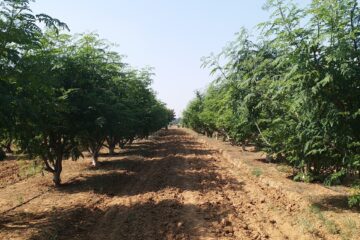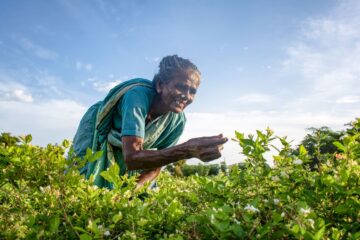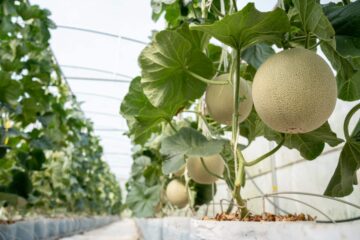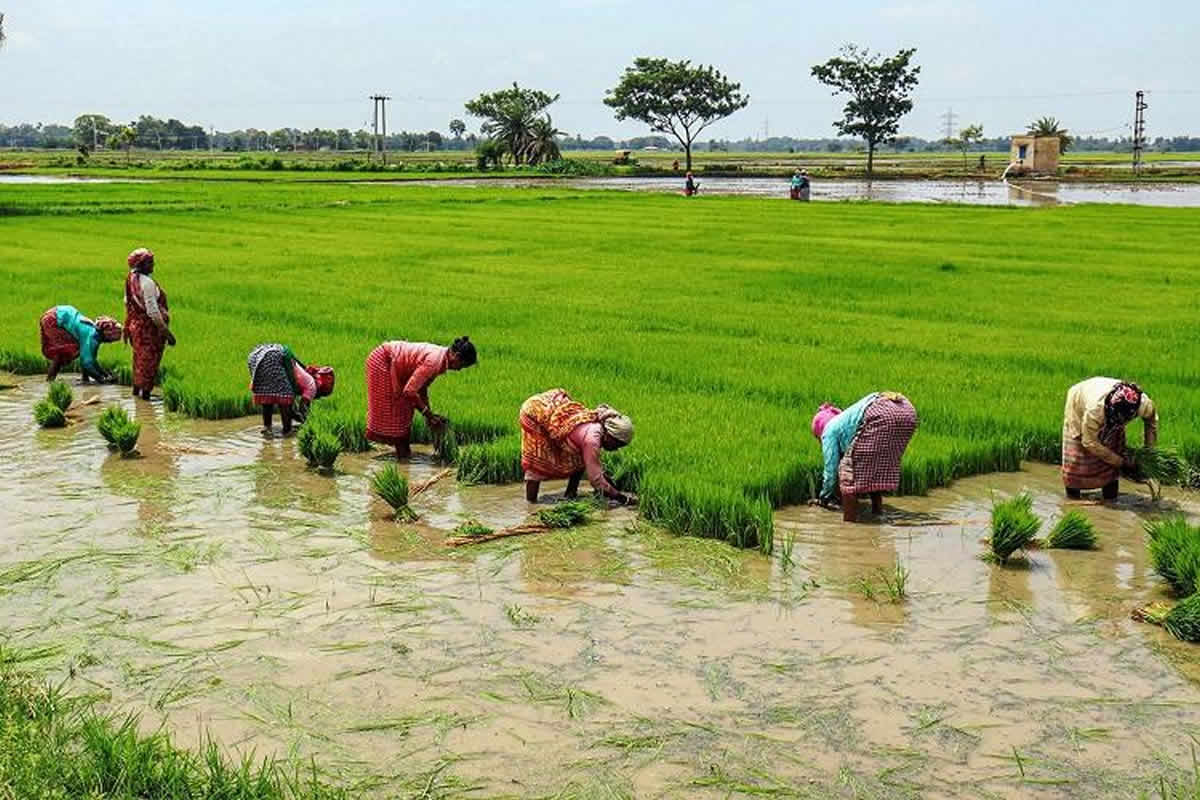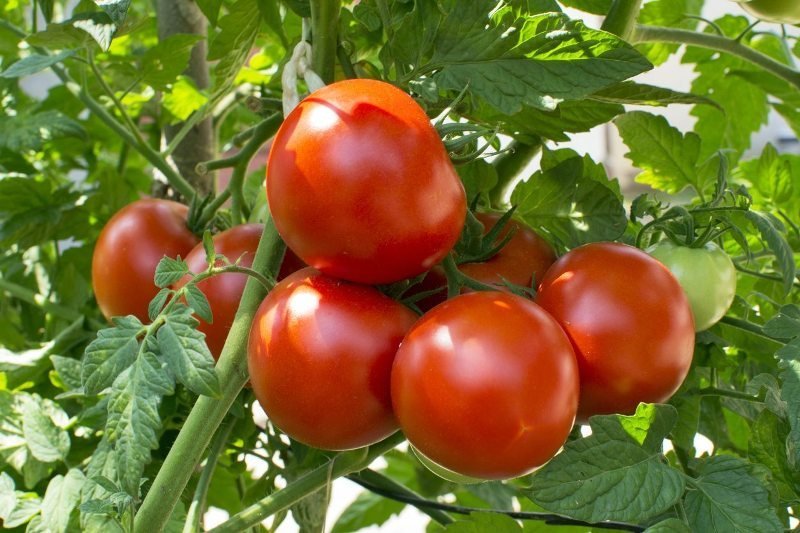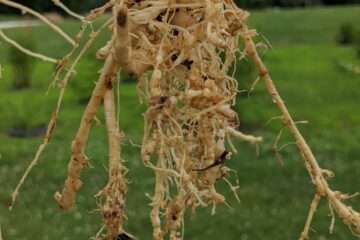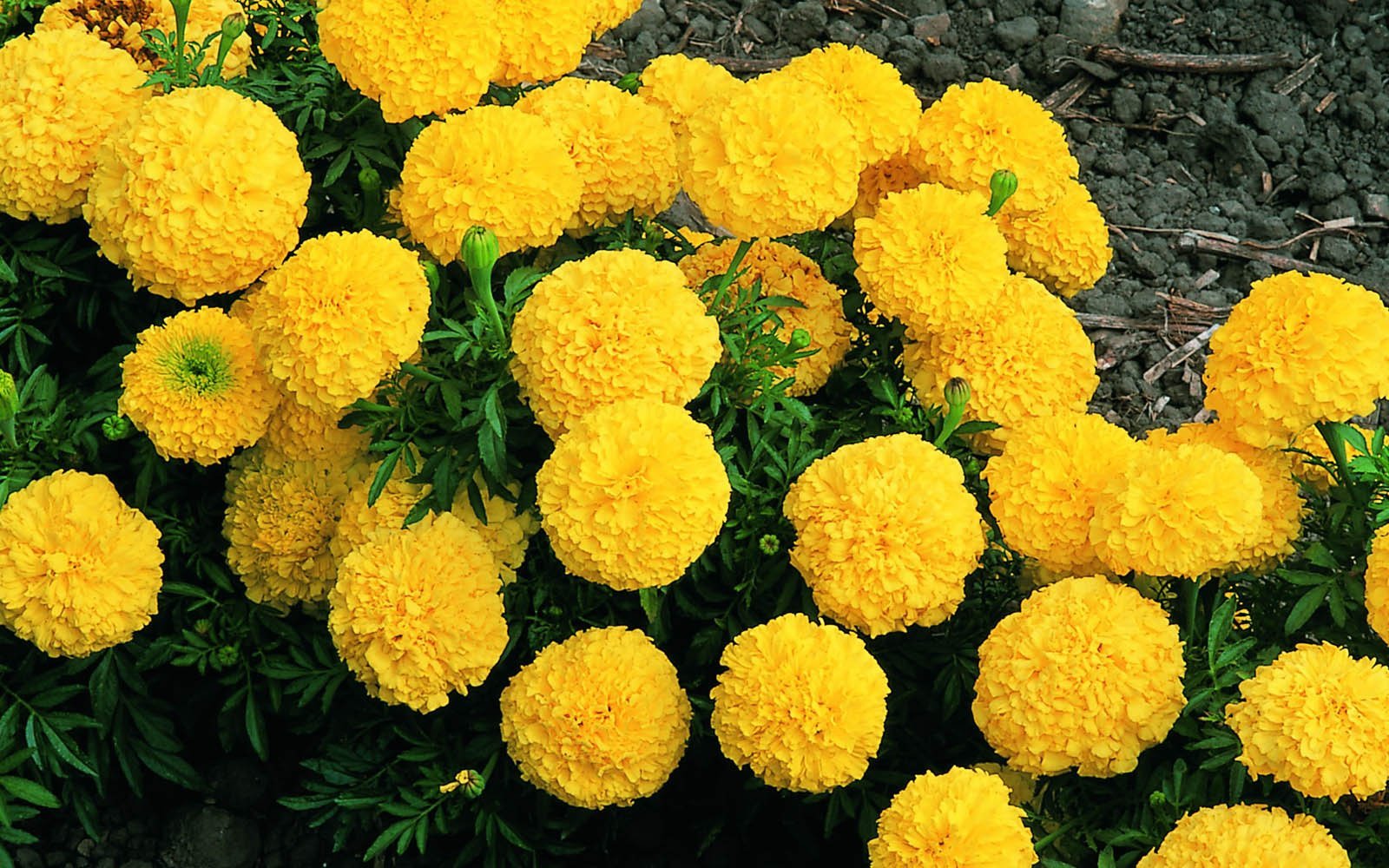Hill bananas are available throughout the year, with higher production during certain seasons. During these times, sales tend to slow down, and ripe bananas cannot be stored for long periods. Therefore, converting them into alternative products can prevent wastage and allow them to be sold at a better price. Hill bananas can be processed into various food products.
Dried Hill Banana
Select fully ripe bananas that have turned light yellow, peel them, and soak them for half an hour in a solution of 7.4 grams of potassium metabisulfite per liter of water. Afterward, spread them on trays and dry them in a dryer at 50°C. These dried bananas are well-received in foreign countries and are called “Banana Figs” in English.
Sugar-Preserved Bananas
Similar to the method for making dried bananas, select fully ripe, light yellow bananas, peel them, and soak them in a potassium metabisulfite solution (7.4 grams per liter of water) for half an hour. For each kilogram of bananas, 750 grams of sugar is needed.
Divide the required sugar into three portions. Dissolve one part in enough water to submerge the bananas and bring it to a boil. Add the bananas, and once they are slightly heated, remove them. On the second day, add the bananas to another portion of the sugar syrup, heat again, and cover when the temperature has cooled slightly. Repeat this on the third day. The sugar content should be 50 brix on the first day and 70 brix on the third day.
Soak the bananas in the syrup for two or three days, then dry them in a dryer. Bananas can be cut into round pieces or kept whole for this process. This product is called “Osmotic Dehydrated Banana” in English.
Hill Banana Ketchup
Peel and mash the bananas, then mix with 30% papaya pulp. Add 10 grams of onion pieces, 3 sticks of cinnamon, 3 cloves, 4 garlic cloves, 5 grams of black pepper, 5 grams of cumin, and 2 grams of chili powder. Tie these spices in a thin cloth and place them in the banana pulp.
Cook the pulp until it is reduced to one-third of its volume, then remove the spice cloth. Add salt, vinegar, and a small amount of sodium benzoate. This ketchup can be stored in clean glass jars. Papaya provides a good source of vitamin A, which is beneficial for vision and gives the ketchup a rich color, similar to tomato ketchup.
Hill Banana Jam
Mix 15% mango pulp and 30% orange juice with the mashed hill bananas. For every kilogram of fruit, mix in 600 grams of sugar and bring it to a boil. Add 20 grams of citric acid and cook, stirring continuously to prevent it from sticking. When the jam reaches the desired consistency, remove it from the heat.
To check if the jam is ready, take a spoonful and drop it into water. If the jam forms a small ball without dispersing, it is done. Pour the jam into clean glass jars before it cools completely. You can also make jam by mixing 30% papaya pulp with the hill bananas.
Hill Banana Jelly
Wash the bananas, cut them into small pieces with the peel, and mix with 200 grams of apple pieces per kilogram of bananas. Add enough water to submerge the fruit and simmer on low heat for 30 minutes. Strain the liquid through a muslin or mal cloth and save the clear juice.
For every liter of clear juice, add 450 grams of sugar and 1% citric acid, then cook on low heat, like making jam. Once it reaches the jelly stage, remove it from the heat, cool slightly, and pour into clean glass jars. This jelly will have a unique flavor that children will love.
Dr. R. Jayavalli, Dr. J. Suresh, Dr. R. Arul Mozhiyan, Horticulture College and Research Station, Tiruchirappalli.


